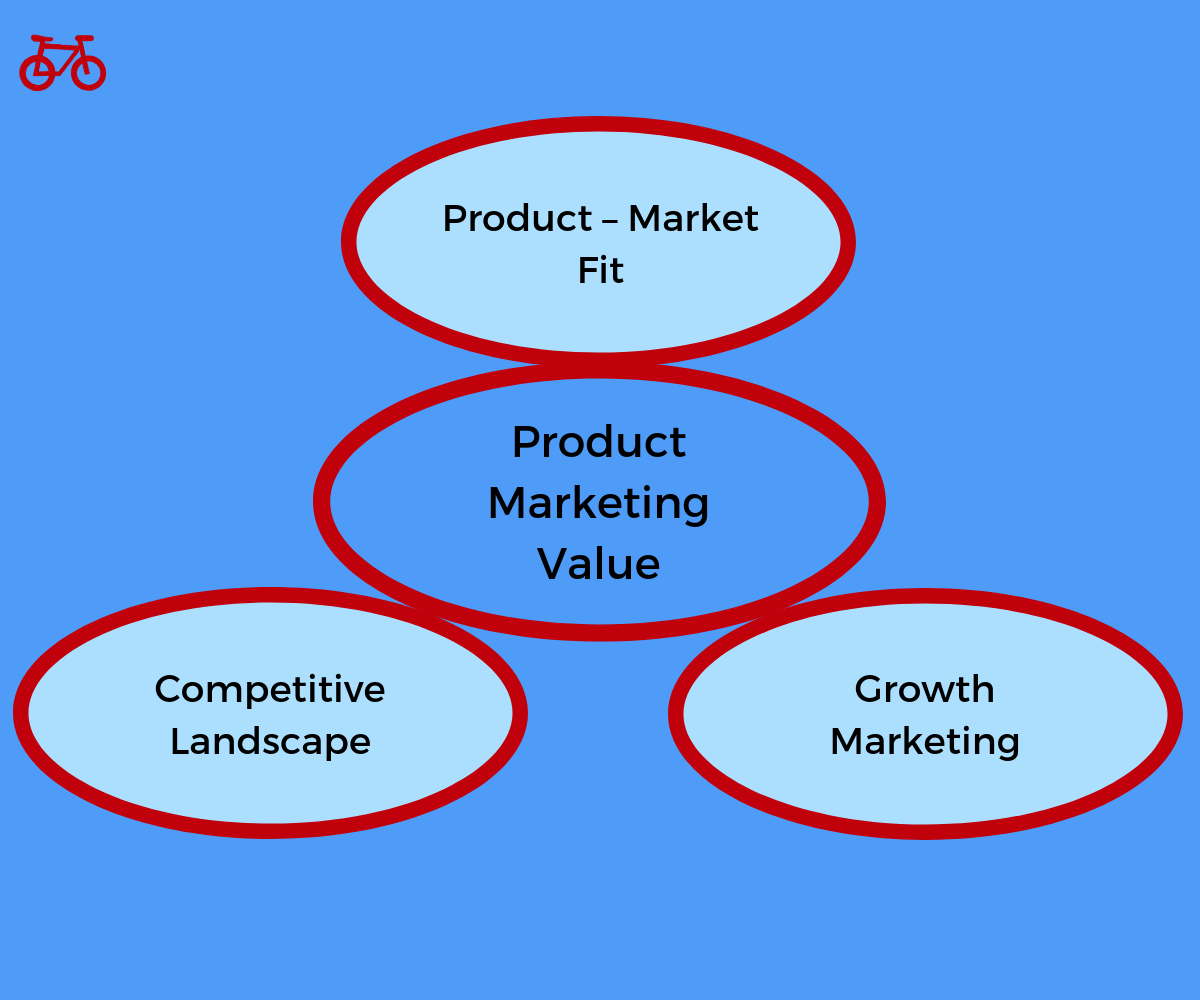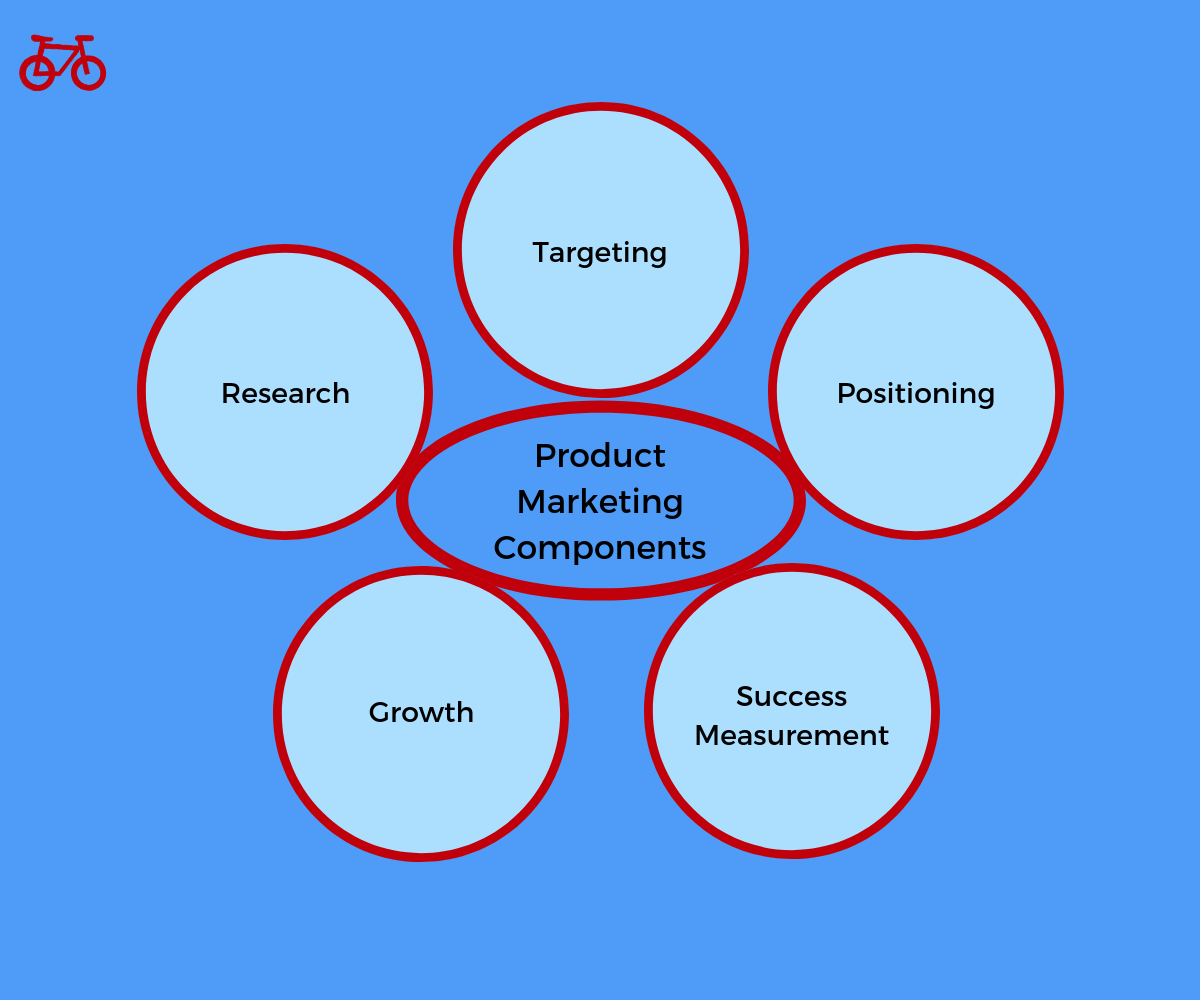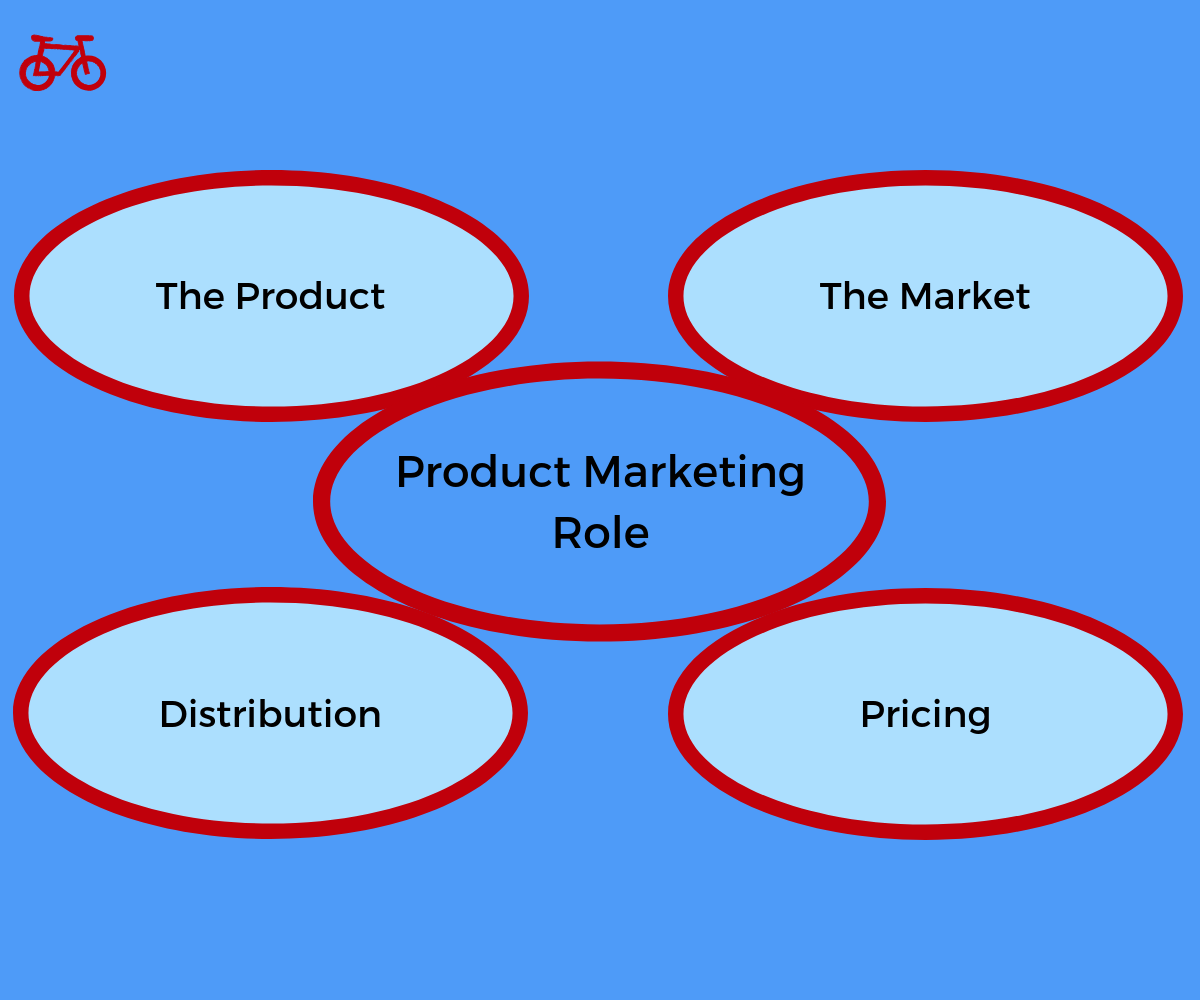Products build companies. Products are the foundation for our marketing efforts. They’re how we solve customer problems. Thus, products are an important part of our marketing.
That is why we have the area of product marketing. A facet of marketing that focuses directly on finding, creating, and launching products.
In a product driven world, it makes sense to spend some time understanding how the product area of marketing works, what it can deliver, and how we can use it.
Here, we will discuss an overview.
What is Product Marketing?
Product marketing is the process of researching and identifying target markets. Then, creating, launching, and selling products within those markets. It consists of activities prior to product creation, during product development, and after product launch.
Product, as a facet of marketing, touches all areas of a product and works with sales, marketing, and development. Consisting of all areas of a product makes it a complex area of marketing.
Product marketing operates like a startup in that it is about creating and launching products.
The Value of Product Marketing
The value of product marketing is undeniable within an organization. It is how companies build products. A focus on your product is how companies stay innovative. It provides companies the ability to continue delivering value to customers.
To understand the value that product marketing brings to an organization, we can categorize that value in three main areas, although there are plenty more. The following are three areas that describe the value of focusing on your product.

Product – Market Fit
Product teams spend a large amount of time on research and testing. Thus, determining product – market fit is a large part of the job.
One of the key values of product marketing is the focus on building and marketing products that fit with the target market.
Competitive Landscape
Understanding the competitive landscape happens prior to building a product. Thus, the research that is performed creates a different level of understanding in the market than researching for existing products.
Product marketing brings a different level of understanding to the competitive landscape.
Growth Marketing
Launching a new product requires focusing on all stages of the buying cycle. Growth marketing is the theory that can address this. As product teams focuses on growth and growth of all stages, just like a startup would, it brings a different marketing strategy than traditional marketing.
Product marketing focuses on marketing and growth through each stage of the funnel.
These are three key areas of value that the product addresses. Ensuring the product fits the target market, having a deep understanding of the market, and marketing for each stage of the buying funnel are fundamental aspects.
Components of Product Marketing
There are various stages and components to any marketing strategy. This is no different in the product facet. The components are the areas that we should focus on when creating our product strategy.
These are things like research, planning, resources, and execution. They are the core concepts that create the foundation for our strategy and execution. The components we should focus on are the following.

Research
Research plays a fundamental role and is the first step. It is how we determine what product to build and ultimately market. Research is about researching and finding our target market.
Research is also the component where we begin to understand the competitive landscape. It forces us to have a deep understanding of direct competitors and indirect competitors.
Research is a two-fold process that sets the foundation for the rest of our product focused efforts.
Targeting
Once we have conducted our research, it is time to determine our target market. Targeting is a crucial step. It allows a product to be built for an underserved market. Which, underserved markets can be niche markets, which can only be found by targeting.
Using the targeting component can help find a specific market you can be successful in.
Positioning
Once research has been conducted, an understanding of the market has been established and we have our target market identified, it is time to position our product within our target market. This creates our differentiation.
Positioning is how we align ourselves with our audience and differentiate ourselves from the competition.
Growth
After everything we have achieved above, it is time to launch and grow the products sales and market share. This is where we take the growth marketing strategy and apply it to our newly launched product.
Launching a new product is all about generating more sales, acquiring more customers, and providing more value to existing customers.
Success Measurement
The final component to product is measuring the success of the product. This is both in terms of sales, market share, and growth. Measuring requires determining what the important metrics are, then measuring them.
The various components, or stages if you will, of our product help create the foundation for a successful strategy. Taking these concepts are the first steps in building a product marketing strategy.
The Role of Product Marketing
Every marketing strategy has a role within the marketing mix and marketing strategy. The role of product teams is to focus on developing, launching, and growing new products.
This product focused role can be viewed as creating a marketing mix for each product. Essentially, each product has its own marketing strategy. Thus, the role of product marketing consists of the following four areas.

The Product
The first key role is the product itself. Creating the product, launching the product, and marketing the product. This role includes positioning, branding, communicating, and everything else that is required within the marketing mix.
The Market
The next role is defining the market for the product. This is accomplished through market research. Within this role, they will also define the targeting of the products audience. This determines how specific the market is going to be.
Distribution
The next role is determining distribution. This follows the marketing mix component of place. Thus, it is about determining how to get the created product into the right place for the target market.
Pricing
The last major role of is determining a products price. Pricing is an essential part of the marketing mix. It can drive many other decisions. The same holds true for the product itself.
Determining the price is a critical responsibility.
Product marketing’s role can be simplified to a marketing mix strategy that is specific to a given product. This strategy provides the foundation for launching successful products and it aligns with the rest of a company’s marketing efforts.
Product is a key facet of marketing. It helps drive innovation. It contributes to the growth of a company’s product line. It is understanding all the areas, what it can do, and the role that it can play in the overall marketing strategy.
Once an initial understanding is reached, you can determine whether product marketing fits your business.
